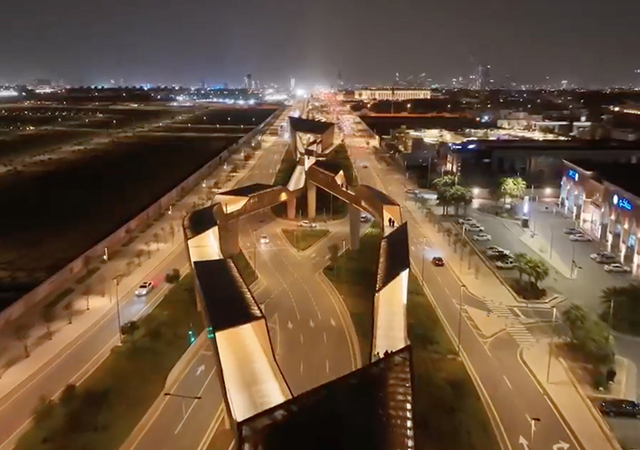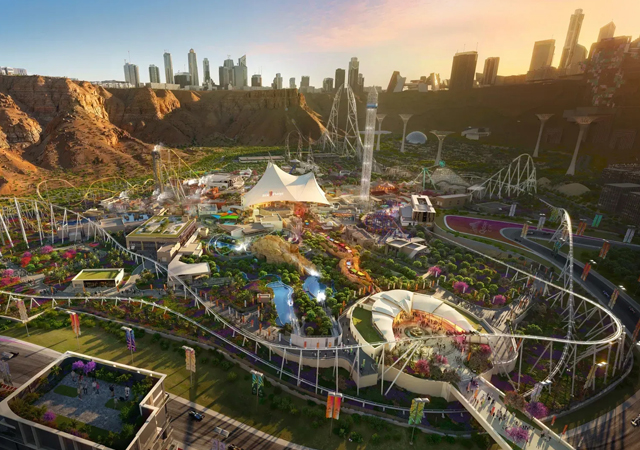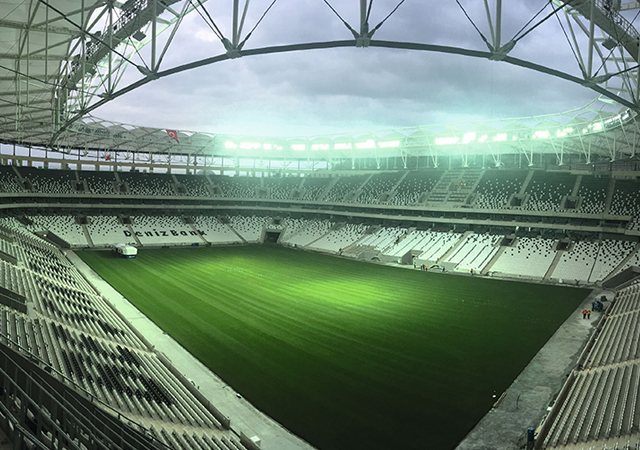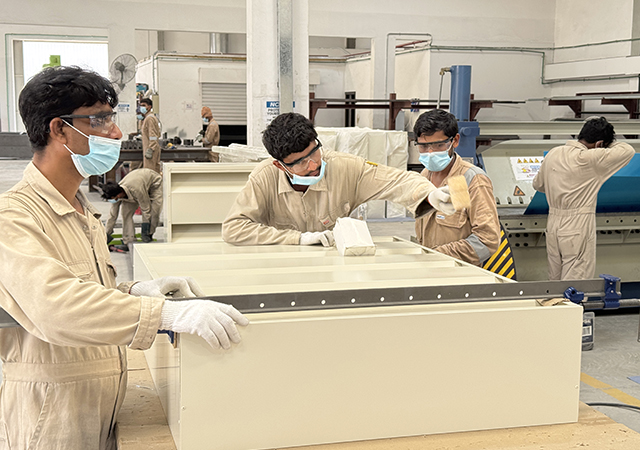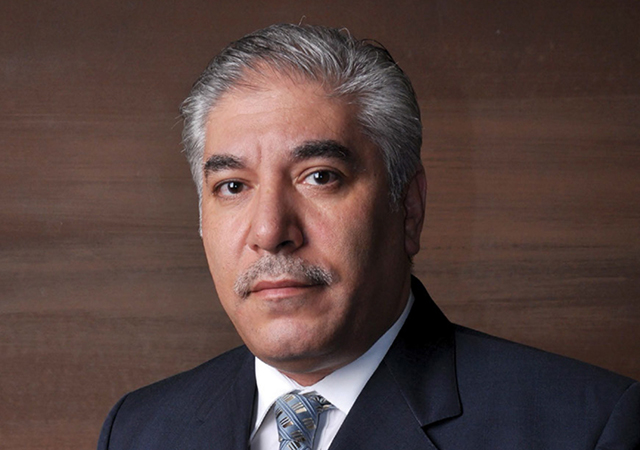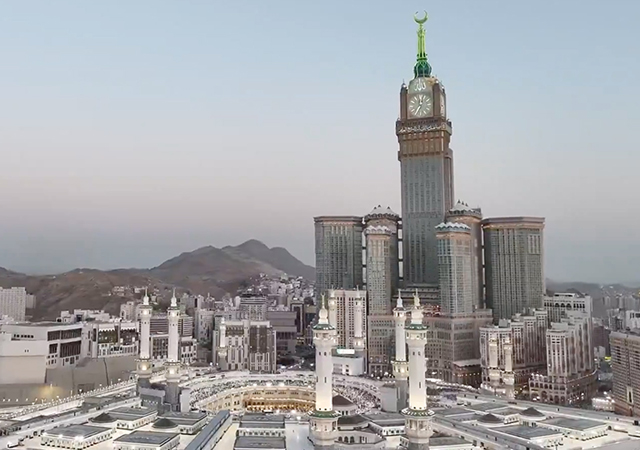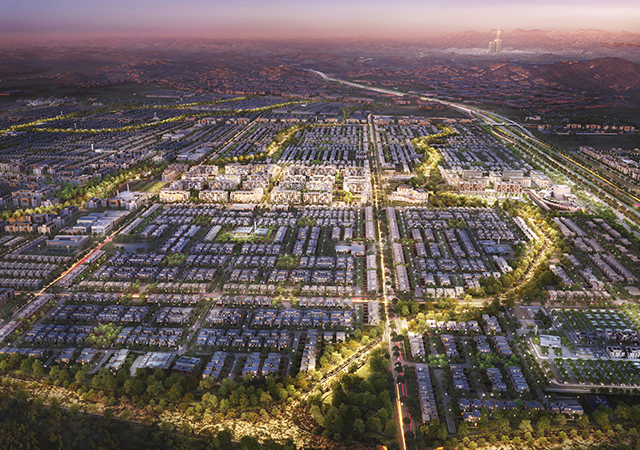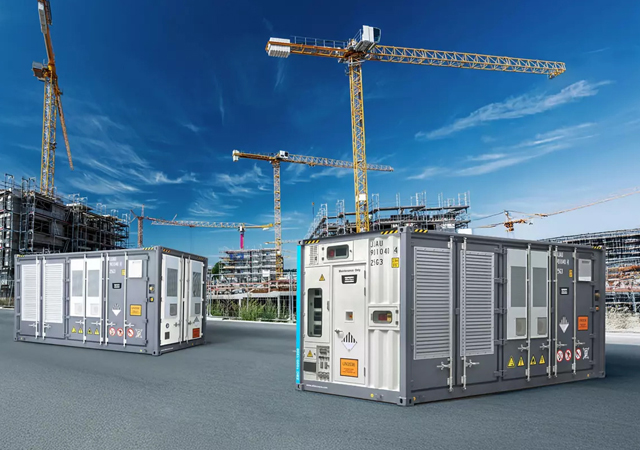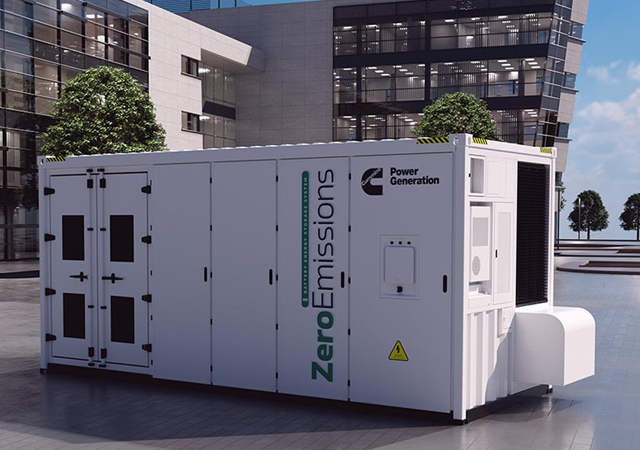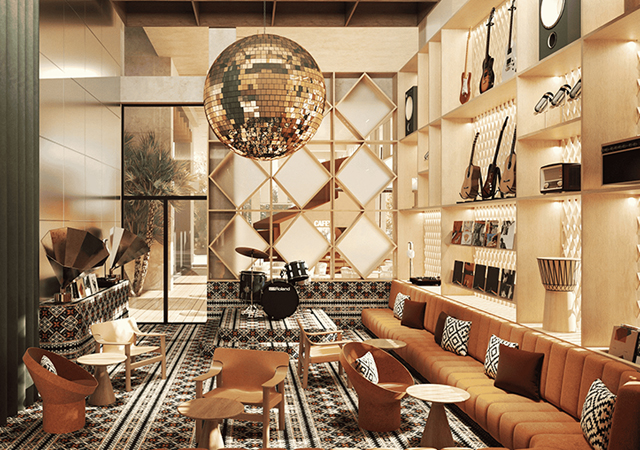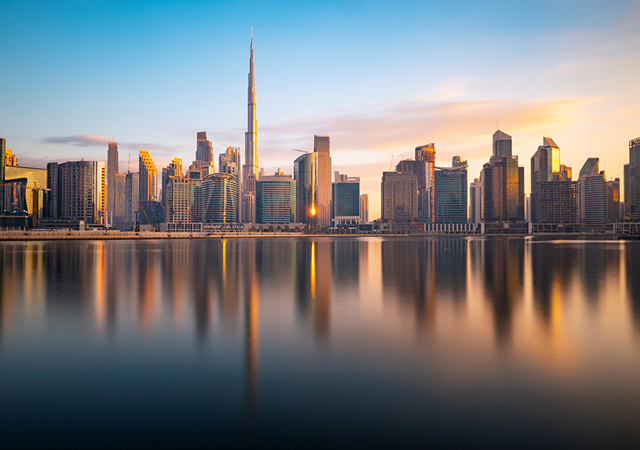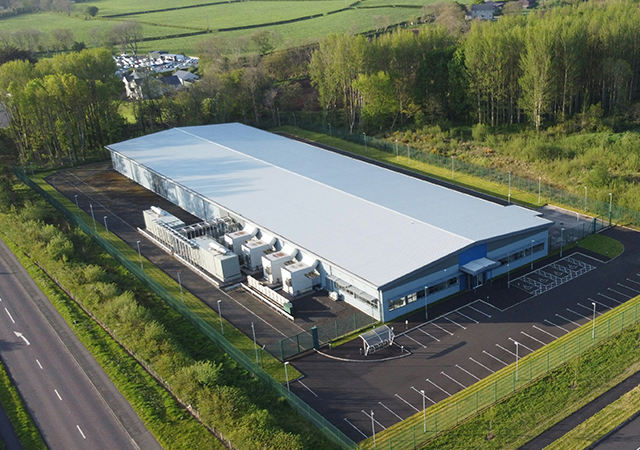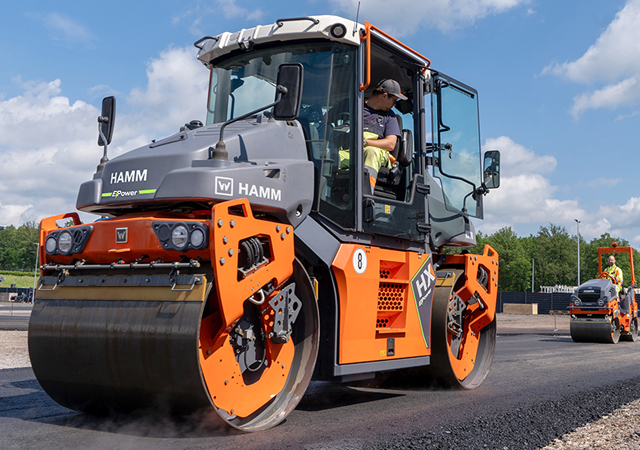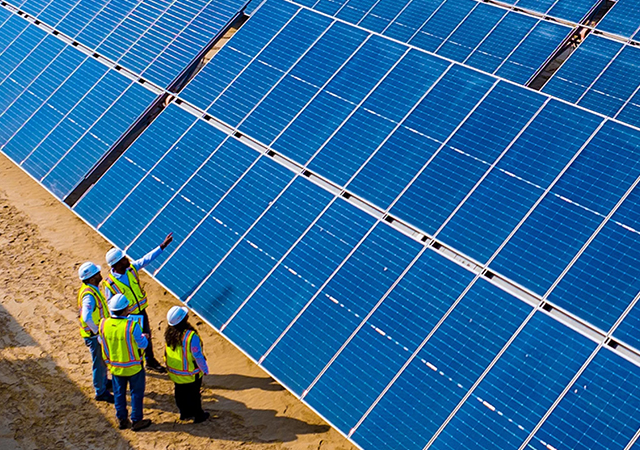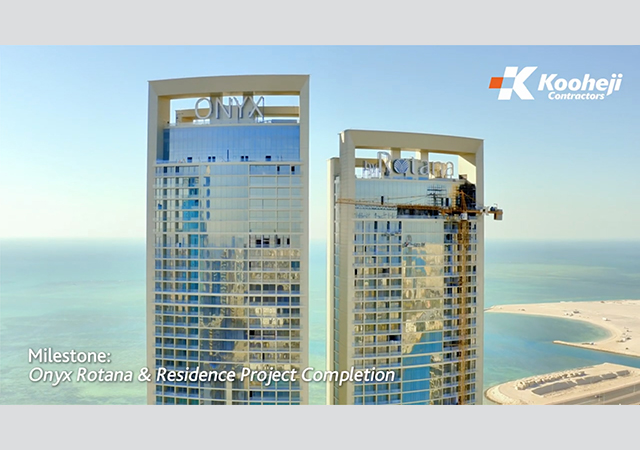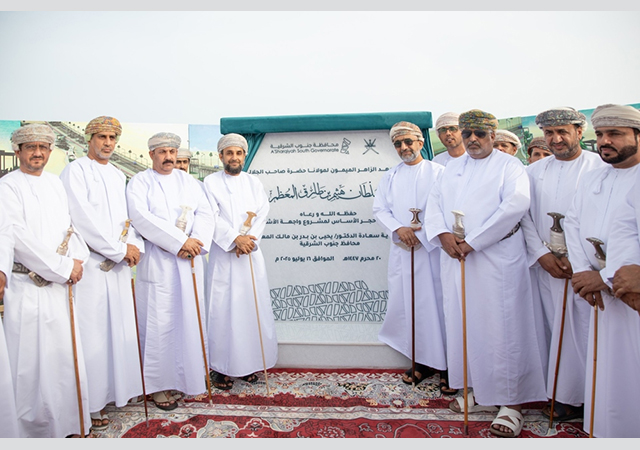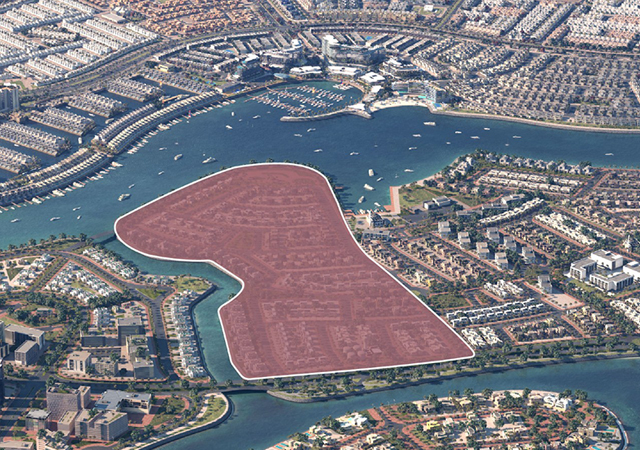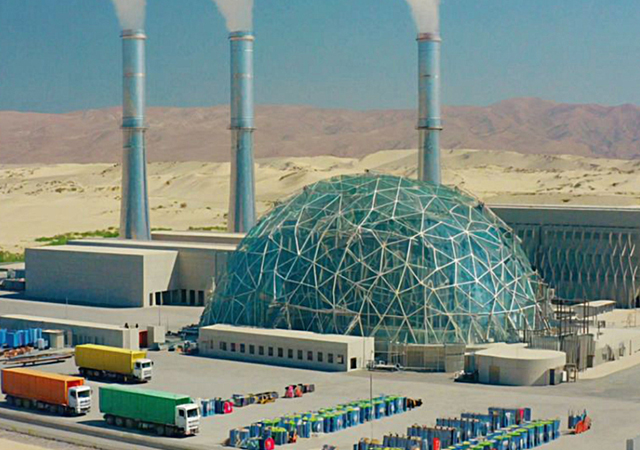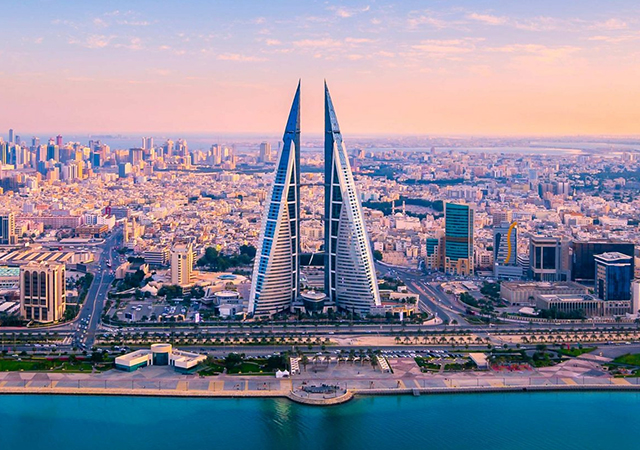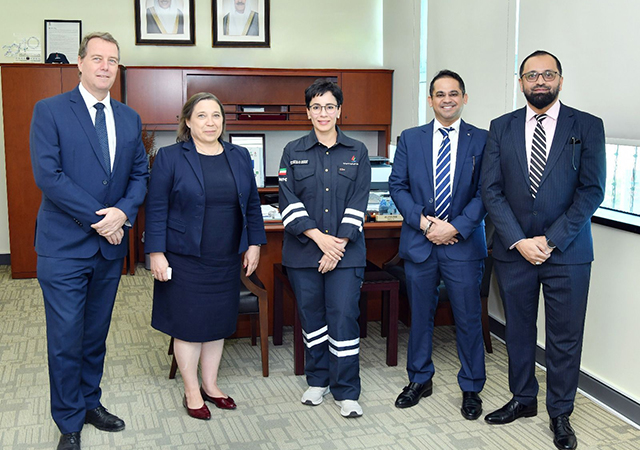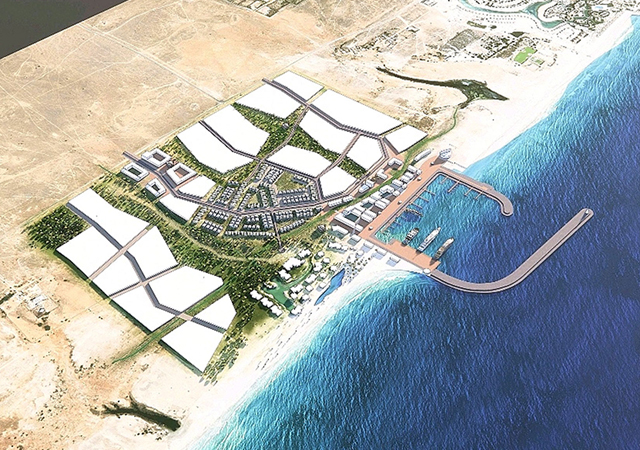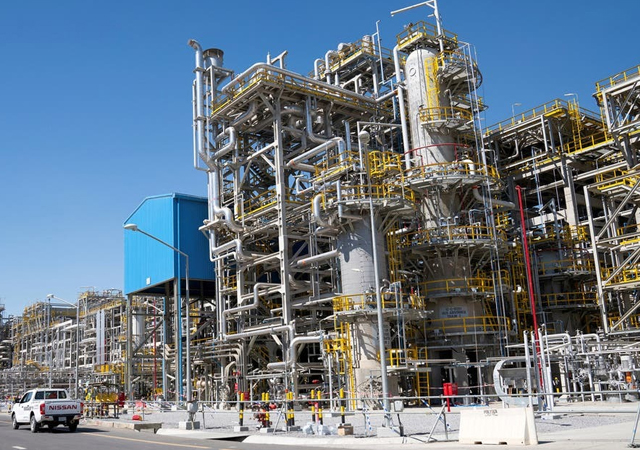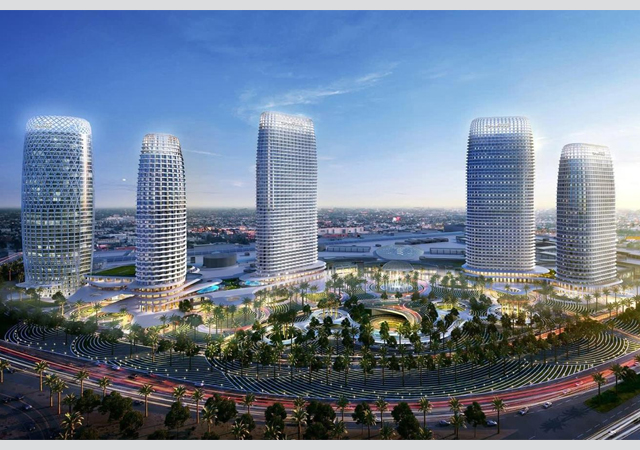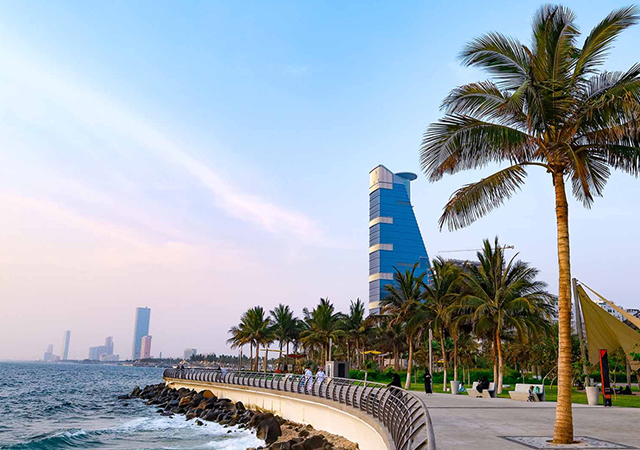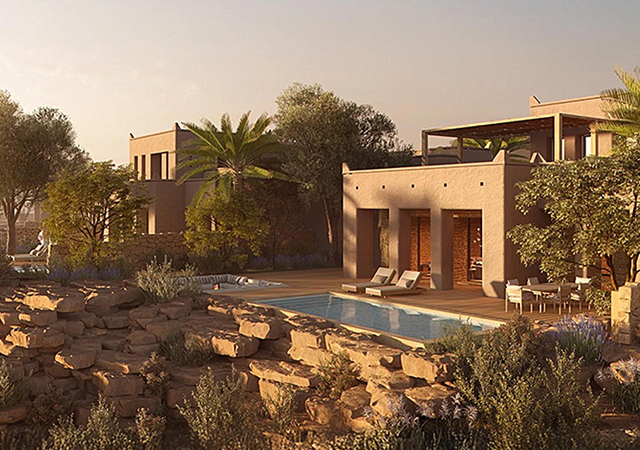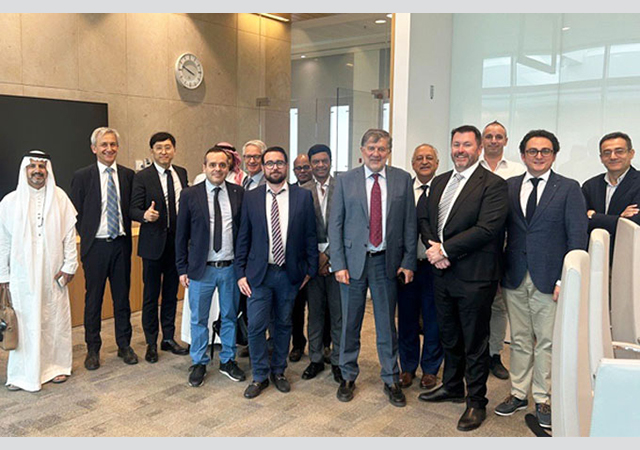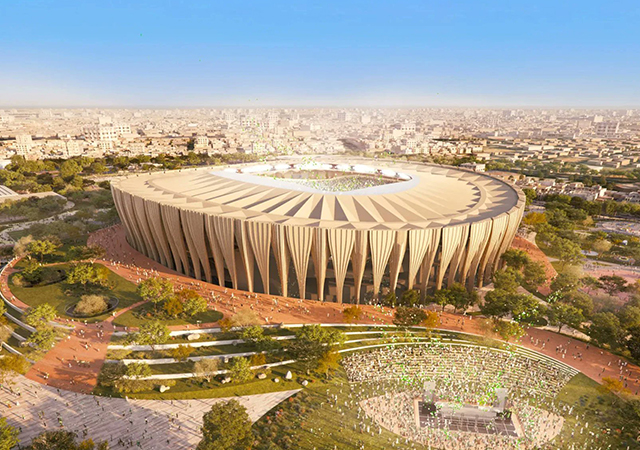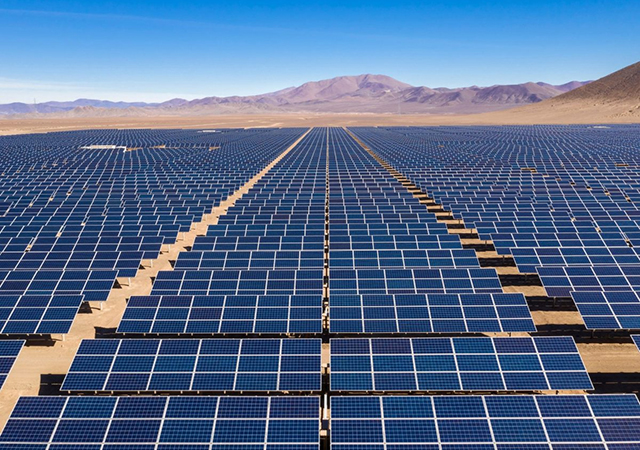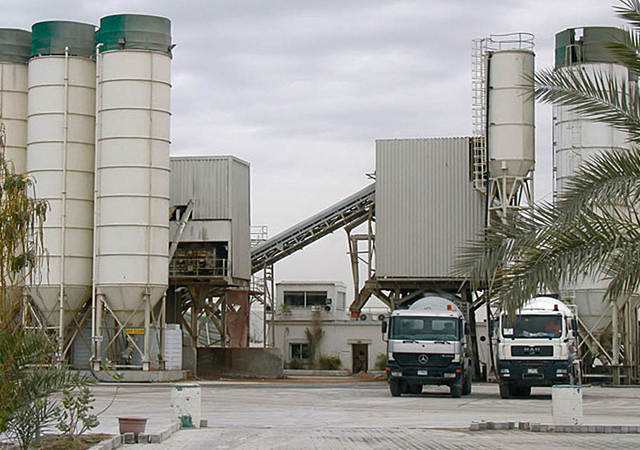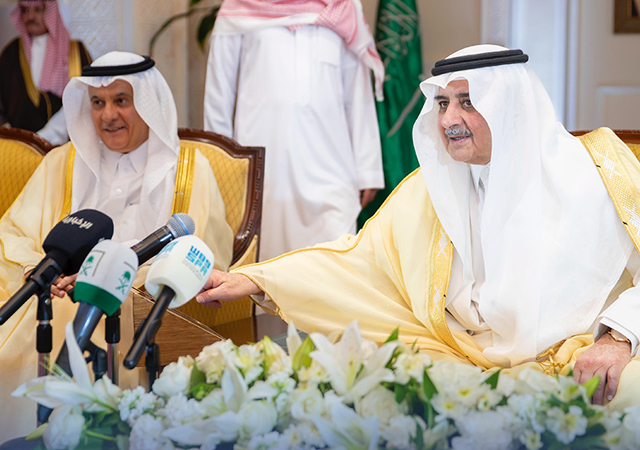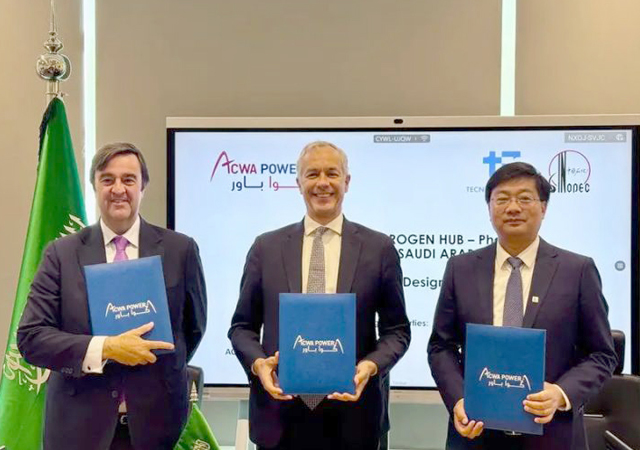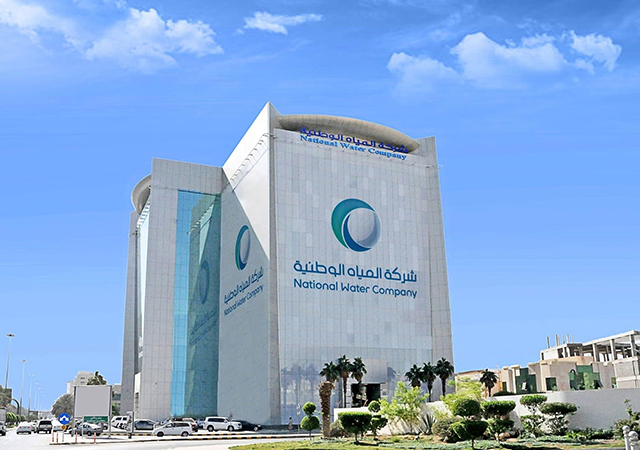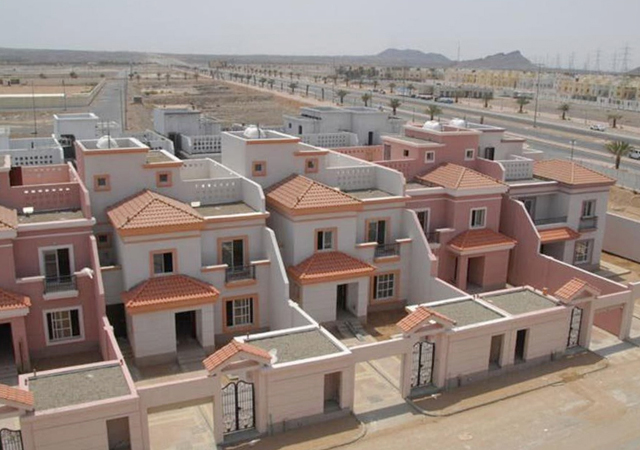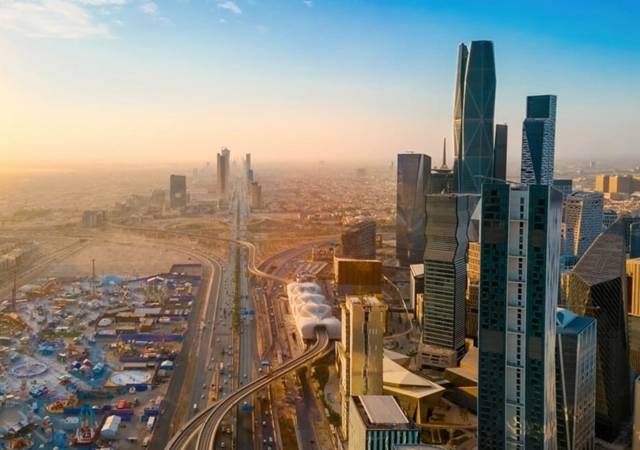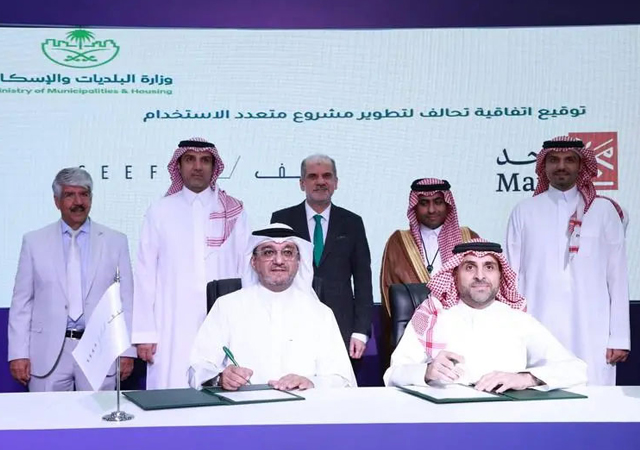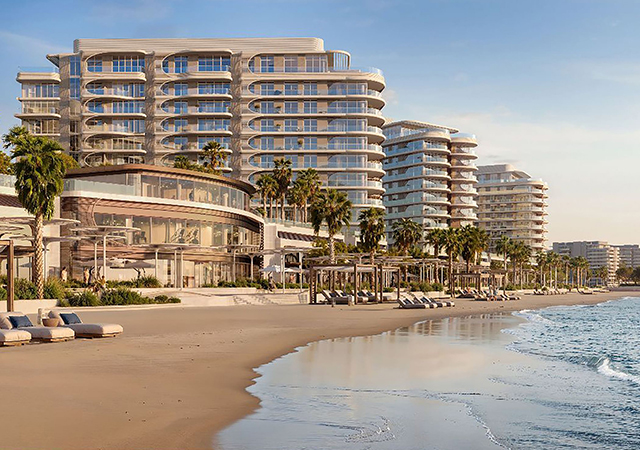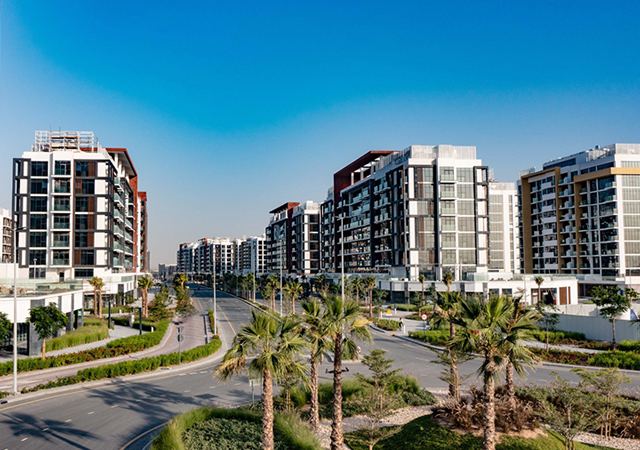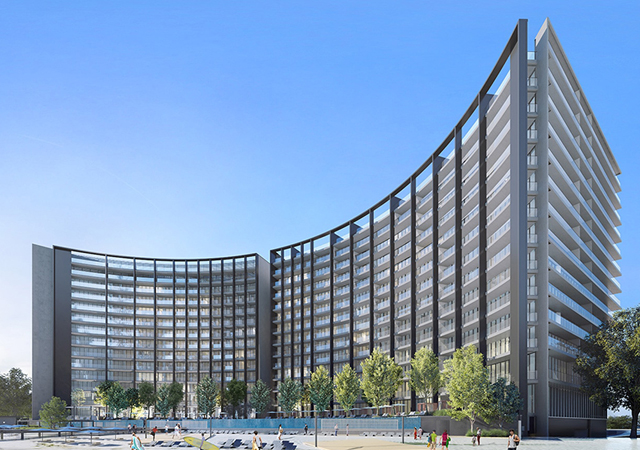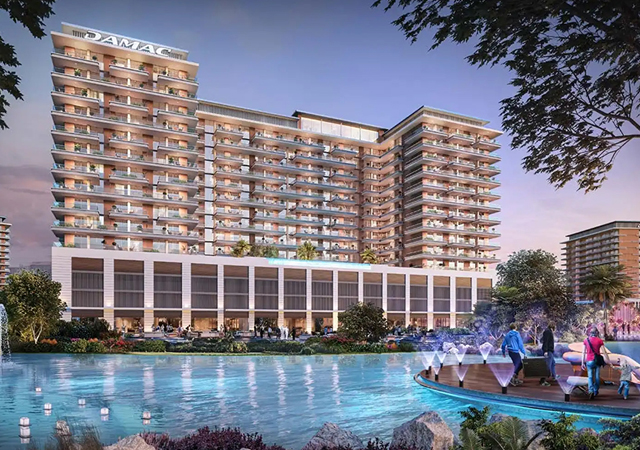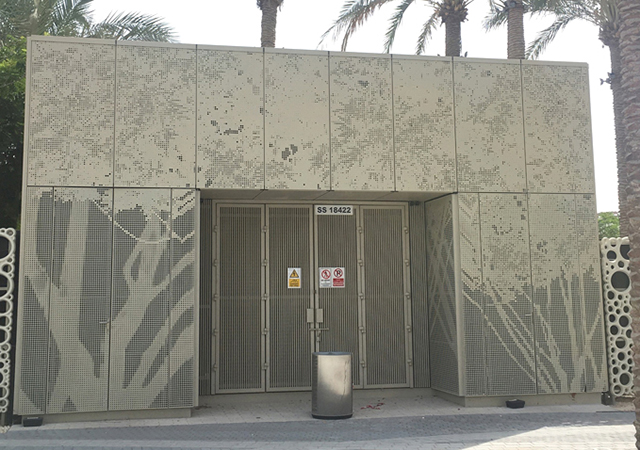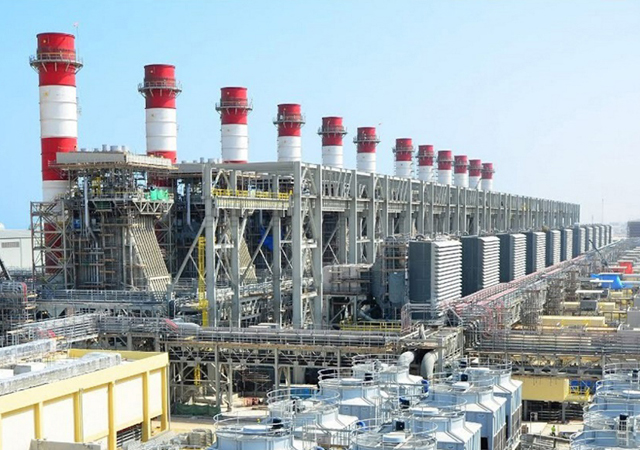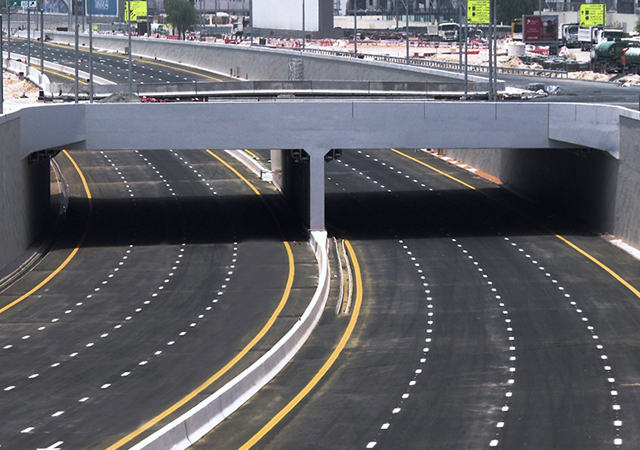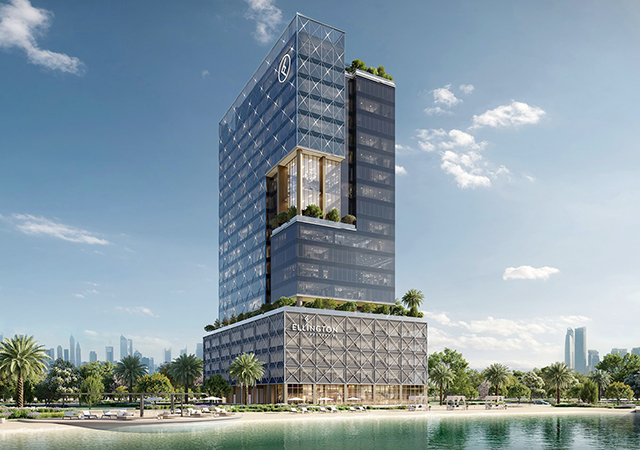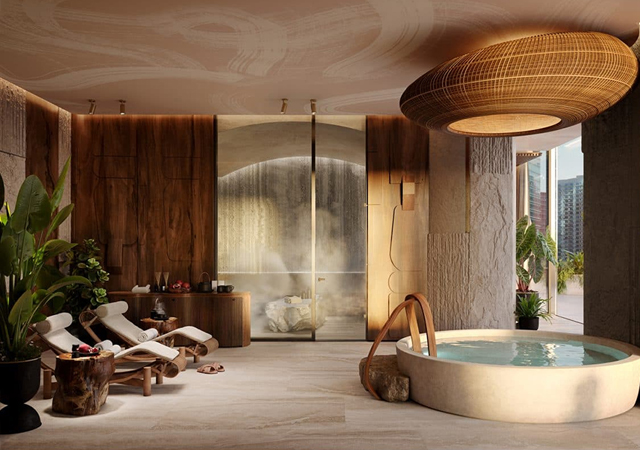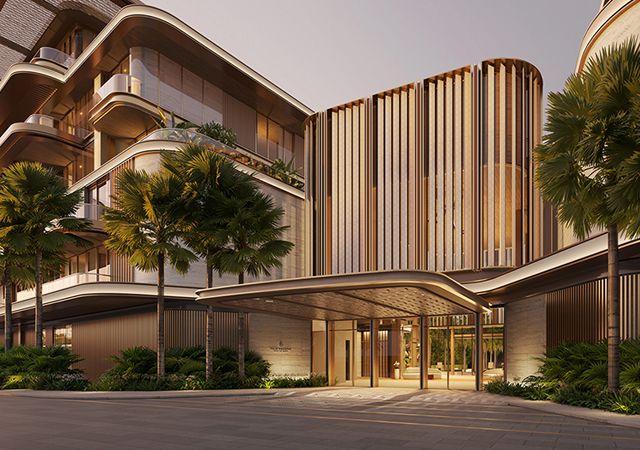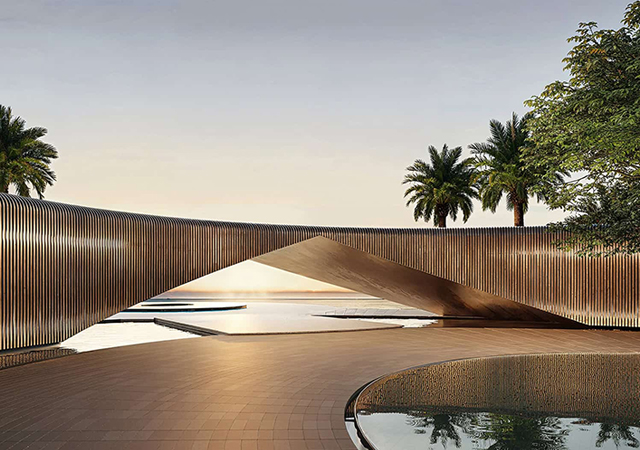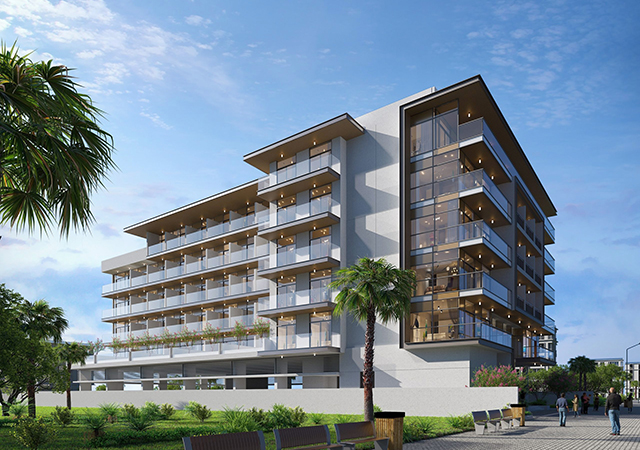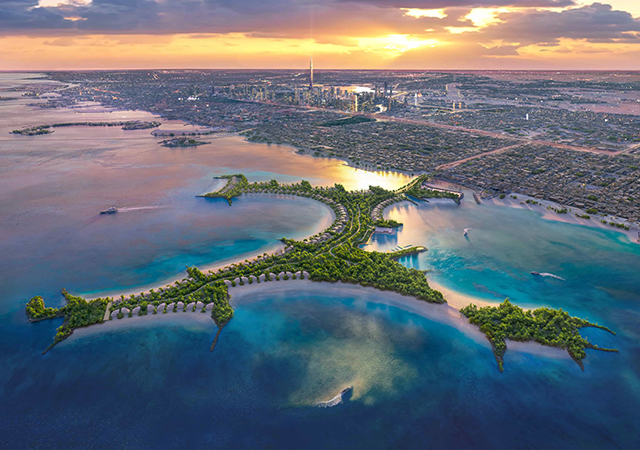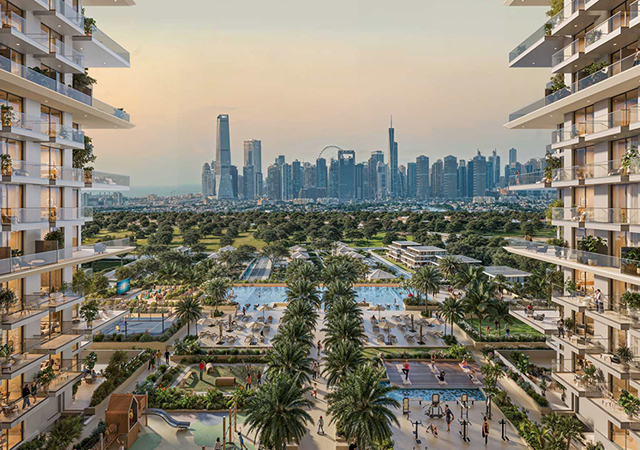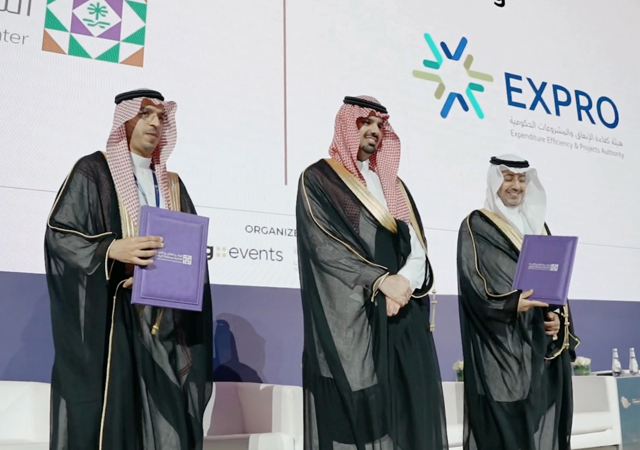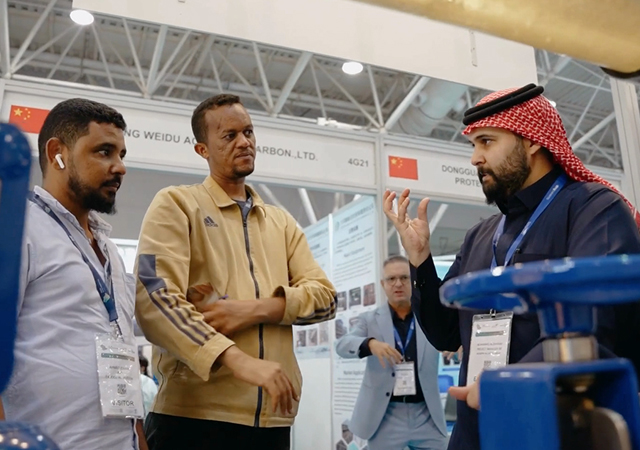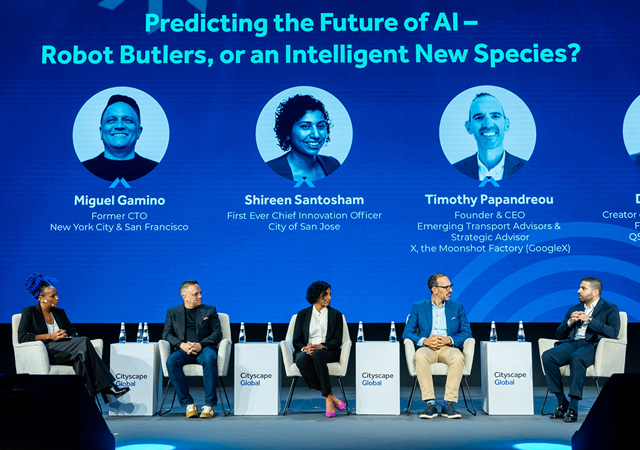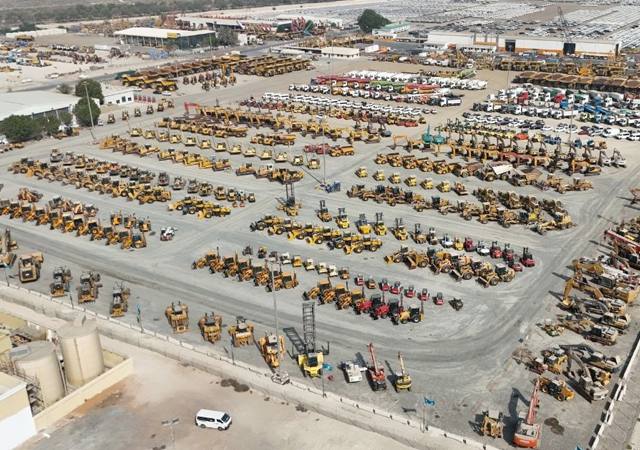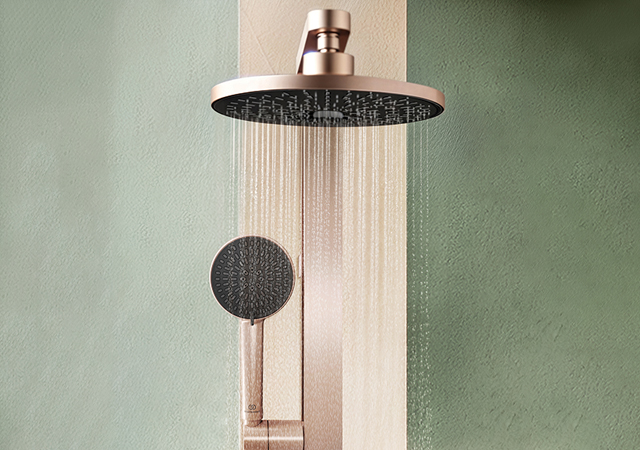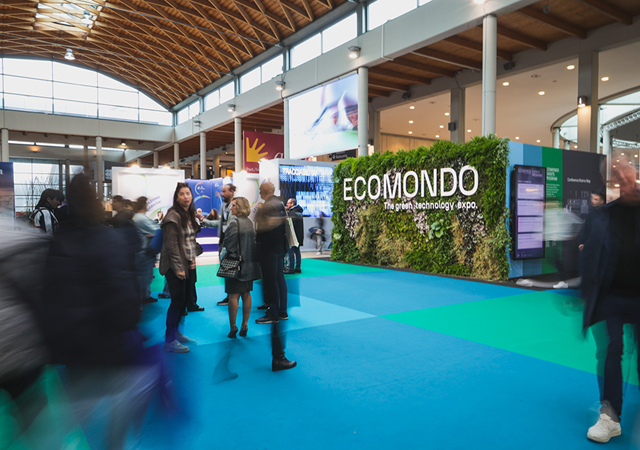
 A greenhouse with integrated PV roof panels ... creating power self-sufficiency.
A greenhouse with integrated PV roof panels ... creating power self-sufficiency.
POLYSOLAR, a leading technology company based in Cambridge in the UK, has developed a unique solar greenhouse which aims to address the problems of water, energy and crop shortages.
Using integrated translucent photovoltaic (PV) roof panels, the self-sufficient, stand-alone, environmental greenhouse is able to use solar-generated electricity to power the installation while also serving as a superior agricultural greenhouse, which can regulate its temperature and humidity.
Giving an insight into the issues that are a global concern and the concept behind the greenhouse, a spokesman for Polysolar says: “With an ever-increasing global population, estimated to be growing at six million per month, food security has become an utmost concern for governments worldwide.
“According to the World Economic Forum, water supply and energy security are among the top five risks the world is currently facing. Research* from the University of Exeter (UK), suggests that an extra billion tonnes of cereals will be needed by 2030. Hot dry climates, such as those experienced in the Gulf, can make growing crops a difficult, expensive, and resource-intensive endeavour.”
He says the company provides a solution that generates its own power. The unique transparent PV glass is based on proven thin-film silicon technology. Its amber-tinted cells deliver a higher energy yield compared to conventional PV panels in locations with high solar irradiation and high temperatures such as the Gulf states.
A distinguishing property of the Polysolar glass is the ability for electricity to be generated from light reaching either side of the panels, allowing them to make use of both direct and reflected sunlight. A further benefit of the technology is that its performance is sustained during high temperatures and is less affected by sand and dust experienced in the region.
The advantages of this agro-system are that the greenhouses maintain a more consistent temperature, retain a micro-climate to hydrate the plants and reduce water consumption, whilst also sheltering the crops from wind and rain damage. By letting through the red light spectrum, the PV glass enables photosynthesis to take place. At the same time, the thin film technology partially reflects damaging infrared (IR) heat and cuts out the scorching effect of ultraviolet (UV) light.
According to the spokesman, solar PV greenhouses have the potential to offer improved crop yields and higher quality produce. “Trials in the UK, Asia and in the Middle East are proving positive with some results showing up to a 25 per cent improvement in plant yield and quality,” he adds.
By generating its own clean renewable power on site, the greenhouse is able to power its own irrigation, ventilation, lighting and other facilities. It can also be set up anywhere without requiring further infrastructure or contributing to carbon emissions.
The Polysolar greenhouse is manufactured in the UK in collaboration with leading glasshouse company Cambridge HOK and the PV system is made fully operational by a team of specialist installers.
A range of environmental agricultural LED (light-emitting diode) greenhouse lighting also provides a cost-effective replacement for conventional lighting to extend the growing period. LED light complements the light spectrum passed by the PV glass. The use of efficient LED lighting further leads to savings of around 50 per cent on the energy consumption.
“The use of solar greenhouses with integrated BIPV (building integrated photovoltaic) glass promises to be an exciting and hugely significant advancement within the important global agricultural market,” the spokesman concludes.
* Prof Fayyaz Ali Memon, Water Efficiency – Technology, Trends and Implications – p 29, Energy & Environment Management, Summer 2013.



